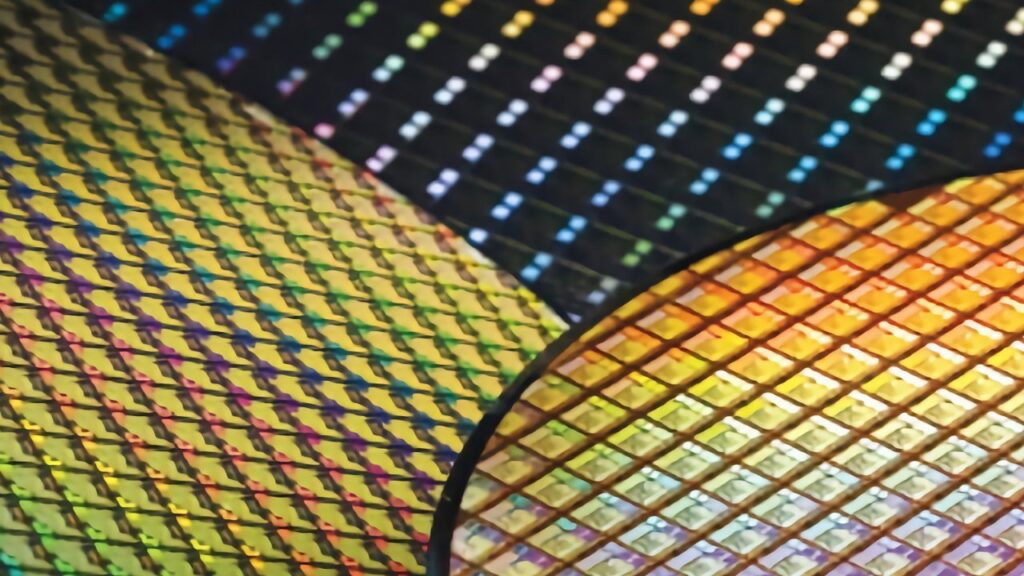The A20 chip used in the iPhone 18 could be packaged with new technology that gives Apple more configuration options while being as small as possible.
Apple’s chips manufactured by TSMC are currently packaged using a method known as InFo (Integrated Fan-Out), which helps create very compact chips for use in iPhones. However, if leaks are to be believed, Apple may switch to something else.
A Weibo post by a “mobile phone chip expert” on Monday claims that the A20 will be a 2-nanometer chip that uses a new packaging method known as WMCM. The leaker also adds that the memory will also be upgraded to 12GB on all models.
The change from the 3nm process used in the current generation of A18 chips to a 2nm process should help reduce die size as well as lower power consumption and heat generation. 12GB is also an increase from the 8GB used in the iPhone 16 series.
However, the packaging changes could be more beneficial to Apple’s future plans.
repacking
Chip packaging refers to the process applied to the chip die. Something that you set up to communicate and work with other components on a circuit board.
The current packaging technology, InFo, is beneficial to Apple because it allows for the integration of components within chip packages. This means that elements such as memory can be added directly to the chip package rather than as externally accessed components.
A side effect of this is that the overall chip package becomes much smaller. However, this is also a technique focused on use with a single die.
This works fine with Apple’s current setup of putting the CPU, GPU, and Neural Engine on one die, and installing memory on top of that. However, if you want to include different combinations of CPUs and GPUs in your package, you will need to create different dies, which can quickly become expensive.
WMCM, also known as wafer-level multichip module, is a packaging technology that works well with multiple die. It allows you to combine individual dies such as CPUs and GPUs while keeping the overall package very small.
This is also done without significantly sacrificing performance since the die are packed very tightly.
For Apple, switching to WMCM gives them more freedom to create multiple packaging designs by incorporating different dies. It does not significantly increase the cost of creating the mold itself.
This could allow Apple to add extra bits to the Pro chip and exclude them from non-Pro versions. Doing so would allow Pro and non-Pro iPhone chips to be manufactured using the same generation of technology, but without relying on chip binning to differentiate the two tiers.
There is also the possibility of incorporating different elements in different configurations. For example, stack some aspects vertically while placing others next to each other on the same level.
A satisfying upgrade
The leaker, Mobile Phone Chip Expert, has a history of Apple chip announcements. In July, Apple announced that it would not use the 2nm process until the iPhone 18 Pro in 2026.
It also announced that the A18 would switch from N3B to N3E process in June 2023, which turned out to be correct.
Although this leaker generally has a good reputation for accuracy, the claims could ultimately take years before they are actually confirmed.


